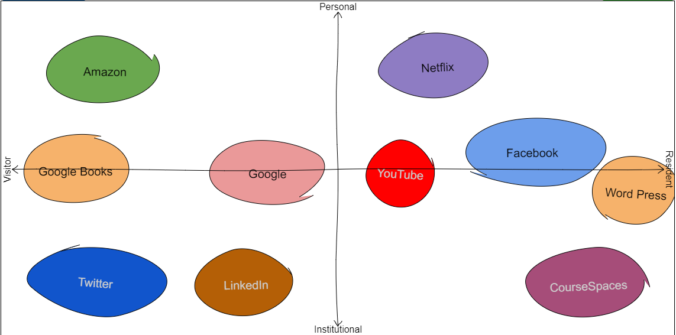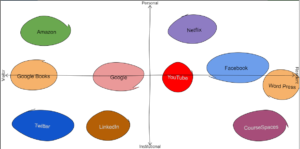If there is one good this about my PLN that is, I will still find it useful even if I am already done with this course. This is because, my PLN make it possible for me to learn various things. Currently, my PLN teaches me how to ace my economics and other classes so every day is really a new learning opportunity for me. For this reason, I believe that this will go on for as long as I keep myself engaged in my PLN. In addition to assuring that I will continually learn in the future, I can also use my PLN to look for professional opportunities. Currently, I joined a Facebook group composed of people who give tips on how to pass online certification trainings like Bloomberg, Quickbooks, and Coursera. I learned a lot of tips from them because they share review notes which are necessary before one takes the exam. This Facebook group could grant me professional opportunities not just today but also in the future because they help me earn certificates that can make my resume impressive.
Since my PLN can positively impact me as a student and as a future economist, I wanted to give something back to my PLN through influencing them as well. To be honest, I have always wanted to share something valuable to my PLN, I just do not know what and how. Although I would say that engaging in group discussions somehow allowed me to influence some members of my PLN, I wanted to challenge myself through doing something bigger. After watching Prof. Miller’s interview with Amber Glauser, I came up with the realization that I could also act like a voice and represent a group of people like Amber and I can start with the members of my PLN. Amber mentioned that there are a lot of misconceptions about American Healthcare System and one of that is the misconception that America has no socialized medicine (Miller, 2020). After watching the video, I realized how networks like PLN can be used to falsify misconceptions on different culture, philosophies, and jobs. In this regard, advocacies like Amber’s is really important today given that some misconceptions can be vicious.
With the rise of network society, I believe that in addition to informing people to avoid misconception, the best practices of different countries can also be shared to other countries. Just as Del Giudice (2014) stated, the multidimensional structure of “network” society can offer a feasible option for results-oriented development strategy for developing countries. In other words, developing countries can adapt the effective strategies that other countries used. This way the developing countries do not necessarily have to do some trial and error in order to come up with the right solutions to their problems. Correspondingly, I would also like to expand my PLN through following economists and aspiring economists from other countries. Different countries have different economies so connecting with different people with different culture and experience would allow me to see different perspectives on economical progress, issues, and development.
References
Del Giudice, M. (2014). From information society to network society: The challenge. In Emerging markets, social network, and the question of legitimacy. Retrieved from https://doi-org.ezproxy.library.uvic.ca/10.1007/978-3-319-02490-5_5
Miller, J. (2020, November 15). EDCI 338 A01 – Glauser, Amber [Video]. Retrieved from https://www.youtube.com/watch?v=RiWaXNfnHAg&feature=youtu.be


Recent Comments